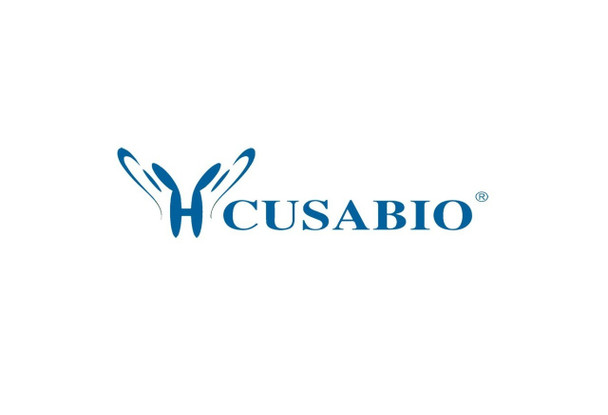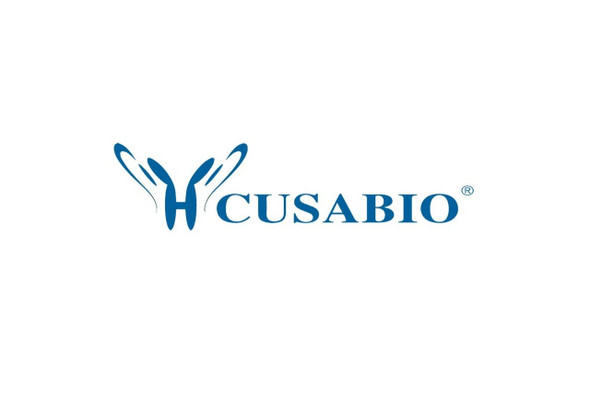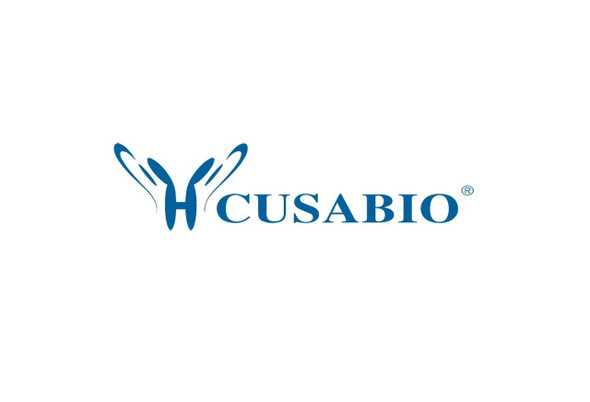Cusabio Polyclonal Antibodies
PIK3CG Antibody | CSB-PA13309A0Rb
- SKU:
- CSB-PA13309A0Rb
- Availability:
- 3 to 7 Working Days
Description
PIK3CG Antibody | CSB-PA13309A0Rb | Cusabio
PIK3CG Antibody is Available at Gentaur Genprice with the fastest delivery.
Online Order Payment is possible or send quotation to info@gentaur.com.
Product Type: Polyclonal Antibody
Target Names: PIK3CG
Aliases: Phosphatidylinositol 4, 5-bisphosphate 3-kinase catalytic subunit gamma isoform (PI3-kinase subunit gamma) (PI3K-gamma) (PI3Kgamma) (PtdIns-3-kinase subunit gamma) (EC 2.7.1.153) (Phosphatidylinositol 4, 5-bisphosphate 3-kinase 110 kDa catalytic subunit gamma) (PtdIns-3-kinase subunit p110-gamma) (p110gamma) (Phosphoinositide-3-kinase catalytic gamma polypeptide) (Serine/threonine protein kinase PIK3CG) (EC 2.7.11.1) (p120-PI3K), PIK3CG
Background: Phosphoinositide-3-kinase (PI3K) that phosphorylates PtdIns (4, 5) P2 (Phosphatidylinositol 4, 5-bisphosphate) to generate phosphatidylinositol 3, 4, 5-trisphosphate (PIP3) . PIP3 plays a key role by recruiting PH domain-containing proteins to the membrane, including AKT1 and PDPK1, activating signaling cascades involved in cell growth, survival, proliferation, motility and morphology. Links G-protein coupled receptor activation to PIP3 production. Involved in immune, inflammatory and allergic responses. Modulates leukocyte chemotaxis to inflammatory sites and in response to chemoattractant agents. May control leukocyte polarization and migration by regulating the spatial accumulation of PIP3 and by regulating the organization of F-actin formation and integrin-based adhesion at the leading edge. Controls motility of dendritic cells. Together with PIK3CD is involved in natural killer (NK) cell development and migration towards the sites of inflammation. Participates in T-lymphocyte migration. Regulates T-lymphocyte proliferation and cytokine production. Together with PIK3CD participates in T-lymphocyte development. Required for B-lymphocyte development and signaling. Together with PIK3CD participates in neutrophil respiratory burst. Together with PIK3CD is involved in neutrophil chemotaxis and extravasation. Together with PIK3CB promotes platelet aggregation and thrombosis. Regulates alpha-IIb/beta-3 integrins (ITGA2B/ ITGB3) adhesive function in platelets downstream of P2Y12 through a lipid kinase activity-independent mechanism. May have also a lipid kinase activity-dependent function in platelet aggregation. Involved in endothelial progenitor cell migration. Negative regulator of cardiac contractility. Modulates cardiac contractility by anchoring protein kinase A (PKA) and PDE3B activation, reducing cAMP levels. Regulates cardiac contractility also by promoting beta-adrenergic receptor internalization by binding to ADRBK1 and by non-muscle tropomyosin phosphorylation. Also has serine/threonine protein kinase activity: both lipid and protein kinase activities are required for beta-adrenergic receptor endocytosis. May also have a scaffolding role in modulating cardiac contractility. Contributes to cardiac hypertrophy under pathological stress. Through simultaneous binding of PDE3B to RAPGEF3 and PIK3R6 is assembled in a signaling complex in which the PI3K gamma complex is activated by RAPGEF3 and which is involved in angiogenesis.
Isotype: IgG
Conjugate: Non-conjugated
Clonality: Polyclonal
Uniport ID: P48736
Host Species: Rabbit
Species Reactivity: Human
Immunogen: Recombinant Human Phosphatidylinositol 4, 5-bisphosphate 3-kinase catalytic subunit gamma isoform protein (438-588AA)
Immunogen Species: Human
Applications: ELISA, IF
Tested Applications: ELISA, IF; Recommended dilution: IF:1:50-1:200
Purification Method: >95%, Protein G purified
Dilution Ratio1: ELISA:1:2000-1:10000
Dilution Ratio2: IF:1:50-1:200
Dilution Ratio3:
Dilution Ratio4:
Dilution Ratio5:
Dilution Ratio6:
Buffer: Preservative: 0.03% Proclin 300
Constituents: 50% Glycerol, 0.01M PBS, pH 7.4
Form: Liquid
Storage: Upon receipt, store at -20°C or -80°C. Avoid repeated freeze.
Initial Research Areas: Signal Transduction
Research Areas: Cancer;Immunology;Signal transduction









